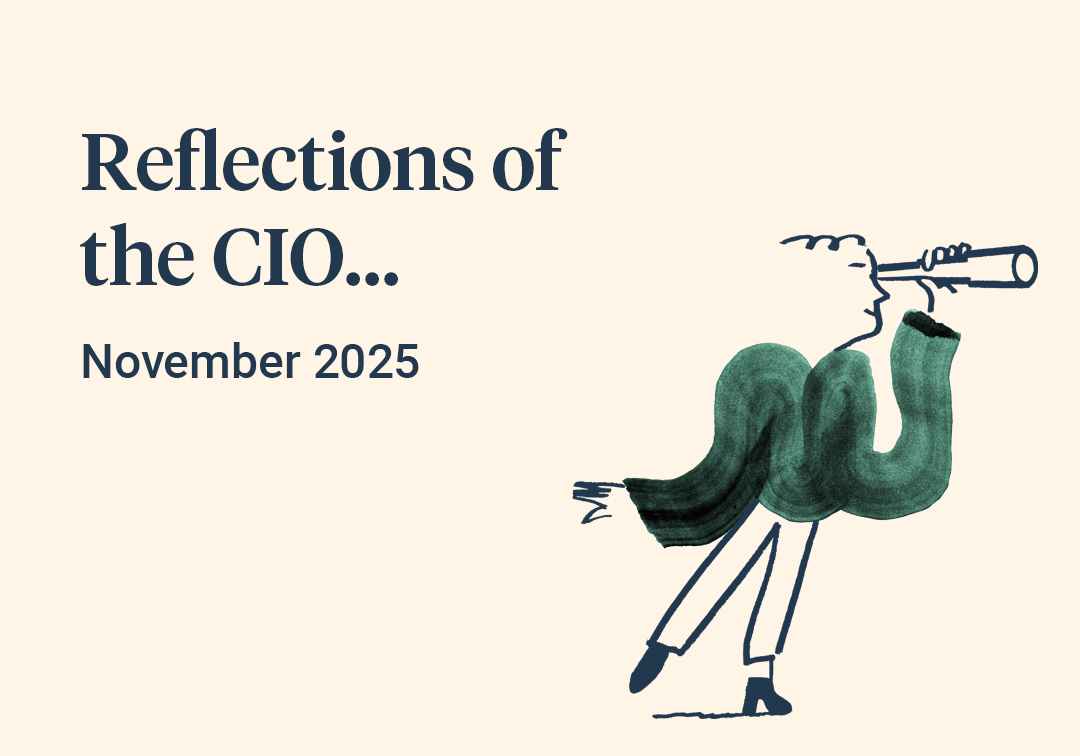The month of June closed the first half of an eventful year on a positive note. Despite having to deal with everything from the bankruptcies of systemically important banks to the possible default and shutdown of the US government, equity markets in general have had a good start to the year. Indeed, some stock markets have been exceptionally strong, driven by new and even exciting underlying themes.
The most interesting of those themes are related to the potential of generative artificial intelligence (AI) and the re- emergence of Japan as a top geographical pick for the first time since the 1990s. There is a growing body of evidence that Japanese equities are currently benefitting from not only a cyclical uplift in activity post Covid re-opening, but also the benefits of more structural reforms introduced as long as a decade ago. Japanese corporations are paying more attention to their shareholders and stakeholders, taking action to boost returns and pass through some of the benefits into rising wages, helping Japan in aggregate to escape its embedded low inflation, low return environment.
The AI theme is much more recent in gestation, inspired by the launch of the ChatGPT ‘chatbot’ in November of last year, but it has been an extremely powerful one nonetheless. The perceived beneficiaries of the productivity gains this new technology could bring with it have seen their share prices rocket year to date. Whilst we believe the potential benefits are real, the problem to our mind has been that the gains have been attributed almost exclusively to a tiny number of large companies – 8 to be precise, who have collectively driven all the returns of the US stock market year to date. The other c. 492 stocks in the index have had a much more nuanced and mixed start to the year, as have mid and smaller sized companies globally.
Both the positive equity themes this year have solid foundations we think, but they are also very narrowly focussed and not reflective of a more nervous underlying mood in other sectors and asset classes. Commodities for example, have been very weak this year, despite some serious effort from OPEC to rein in production to offset weak energy demand. Growth momentum globally has been slowing and, as the lagged effects of interest rate rises continue to be felt in the second half of the year, the risk of a synchronized global recession continues to lurk in the background as a key future risk.



